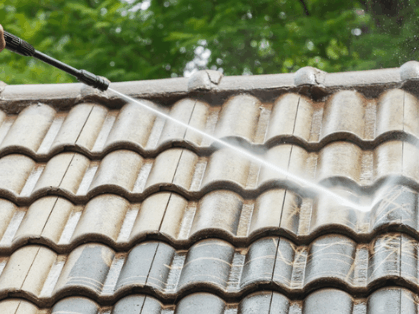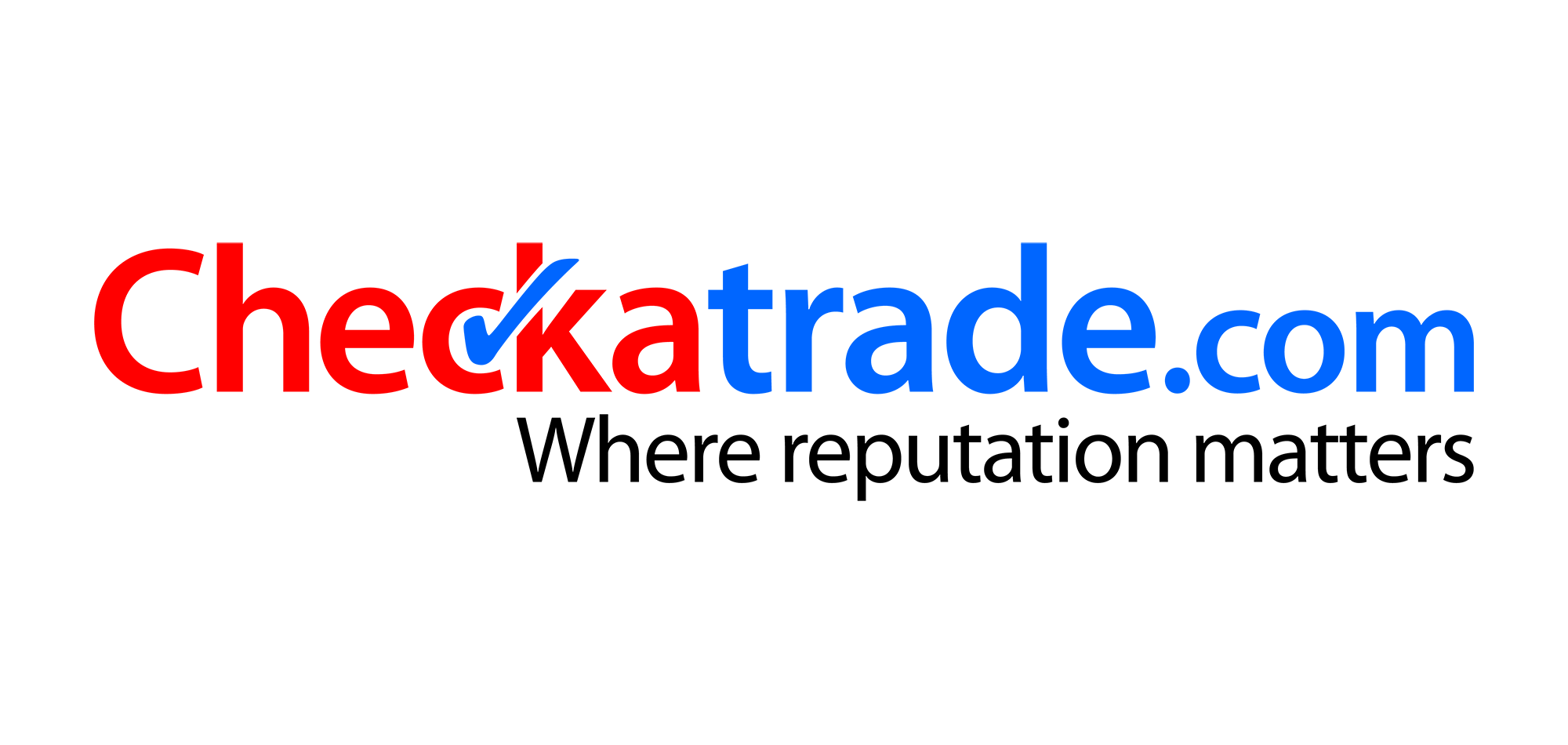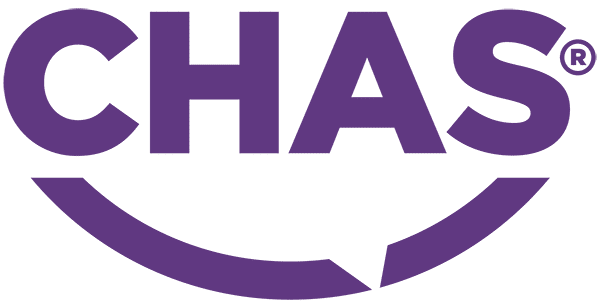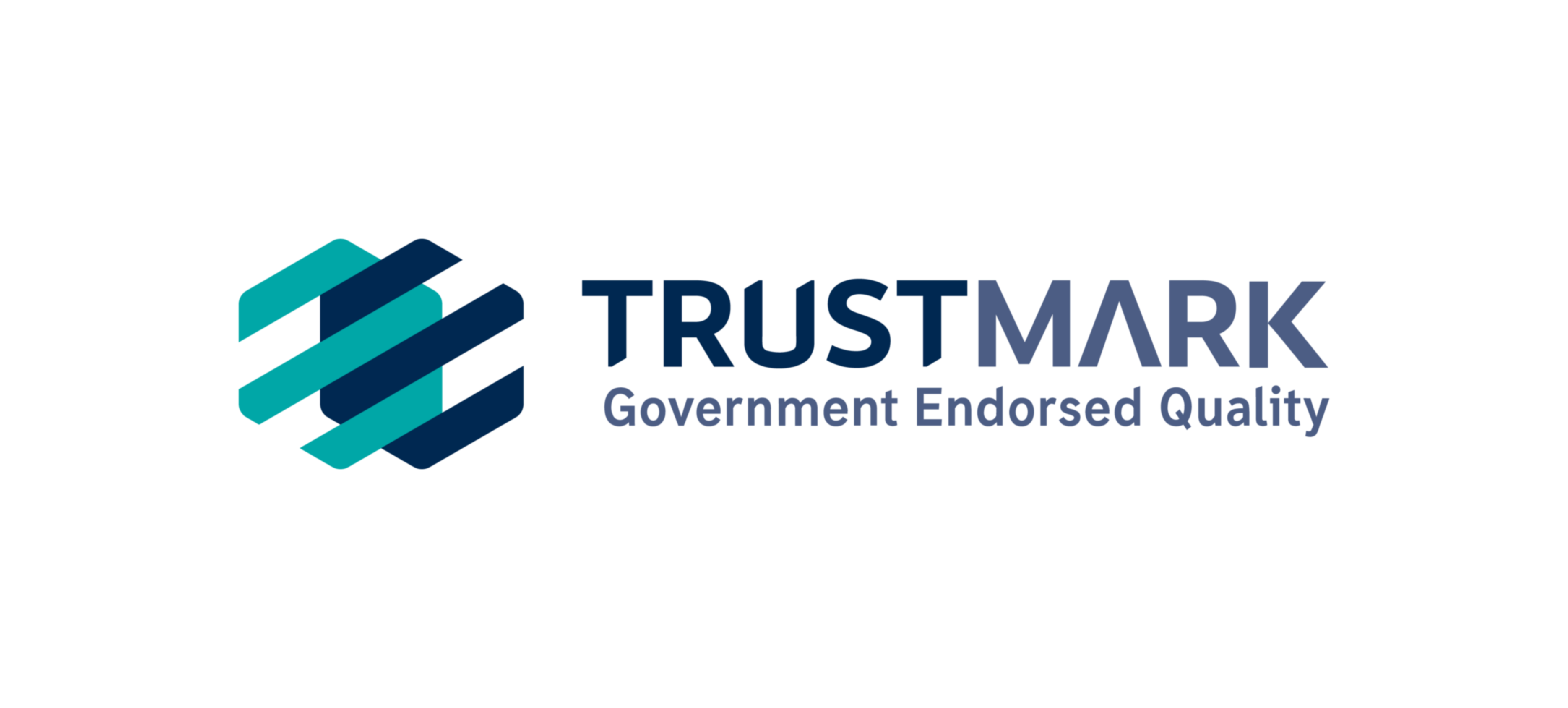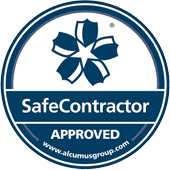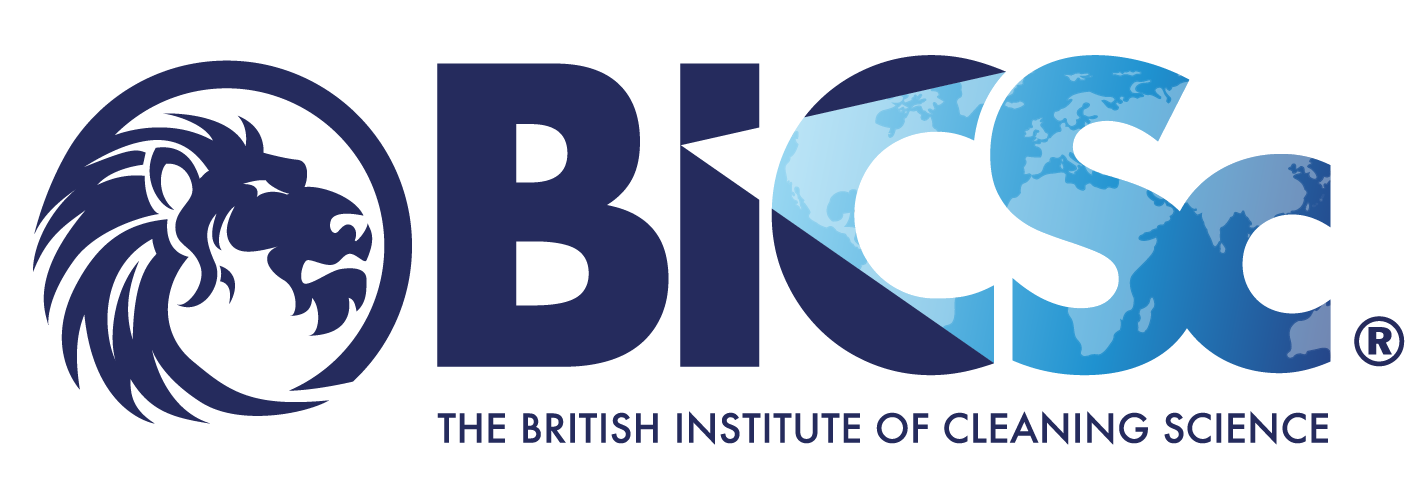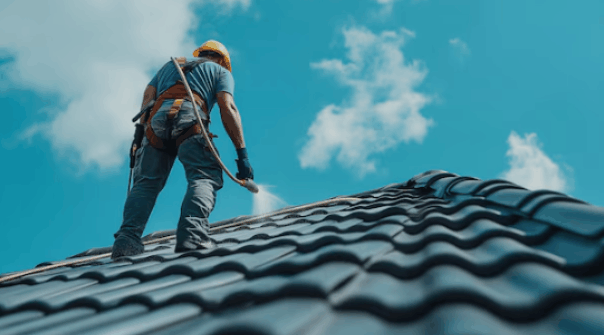
There are many different roof cleaning methods used, both by professional roof cleaners and homeowners, to get roofs sparkling clean, including the application of certain chemicals.
In this Roof Clean Spray Team blog, we're taking a deep dive into chemical roof cleaning to discover exactly what these substances might be, how effective they are, and what safety precautions are needed when using them.
Along the way, it will be necessary to talk about some of the other methods so we can compare them and perhaps see which is the best option for your roof.
Understandably, many consumers are wary of using some of these chemical roof cleaning solutions, so we're here to bring the facts, allowing you to make an informed choice.
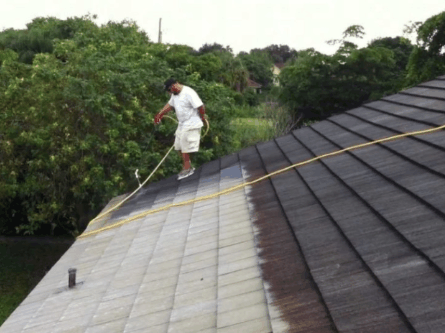
We'll start with a run-through of the different chemical roof-cleaning processes and the substances used, before moving on to discuss which might the be appropriate choice for you.
Check out our post “Is roof cleaning necessary”.
While you might not be familiar with the name, it's on most homes around the UK. Yes, it's the technical name for household chlorine bleach!
This powerful disinfectant is effective at eliminating dirt, lichen, moss and algae growth on your roof.
However, it is always diluted (at least, it should be!) before application as it is far too powerful in its neat form. Once diluted, it is typically sprayed on - very carefully - and left for a while to break down the dirt, grime and organic debris. The roof is then rinsed thoroughly to leave it beautifully clean.
Some bleach solutions contain tiny amounts of sodium hydroxide (also known as caustic soda or lye), which provides a thorough clean but requires very careful handling.
The main risk here is to the surrounding vegetation when the bleach is rinsed off the roof, and to any surfaces it lands on. It's essential to get the mix right (typically between 1-6%) and not make it too strong. A professional roof cleaning company should know how to achieve the correct mix to avoid any harm.
Taking proper precautions is essential when mixing and spraying a sodium hypochlorite solution, including gloves and an appropriate mask or respirator.
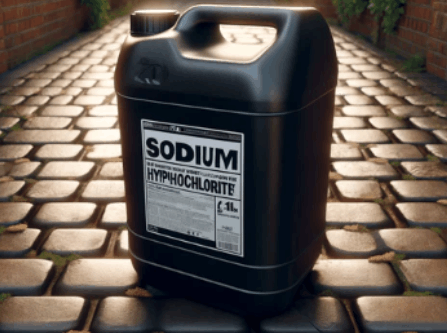
Believe it or not, hydrogen peroxide is one of the more environmentally friendly chemical roof cleaning methods! Again, it is diluted for roof cleaning, although it is considered safe - or at least, non-toxic - for plants, humans and animals.
While useful for dealing with stains and organic matter, it perhaps lacks the punch that sodium hypochlorite offers, and may not be as effective on heavy staining or serious moss and algae infestations.
Although it's less aggressive than bleach, it still requires careful handling; inhaling the vapour can cause respiratory problems and eye irritation. It's also worth mentioning that while this chemical is 'no-toxic', this is only because it rapidly decomposes in the body, so it's unlikely to cause any problems unless consumed in large quantities.
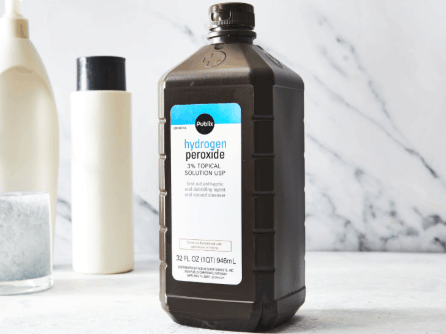
This is a mixture of sodium carbonate and hydrogen peroxide, also known as oxygen bleach, and is considered the best option for cleaning asphalt shingle or wood shake roofs (although the latter are extremely rare in the UK).
Along with sodium hypochlorite and biocide treatments, it's one of the chemicals used in soft washing, a brilliant roof cleaning method that combines gentle cleaning solutions with low-pressure water.
This chemical breaks down dirt, removes stains and kills organic matter without harming the roofing material - as long as the correct mix is used. It's biodegradable, non-toxic and non-caustic, although too much can damage the roof tiles and too little won't do the job properly!
Once again, it's best to leave this to a professional roof cleaning company if you want optimum results.
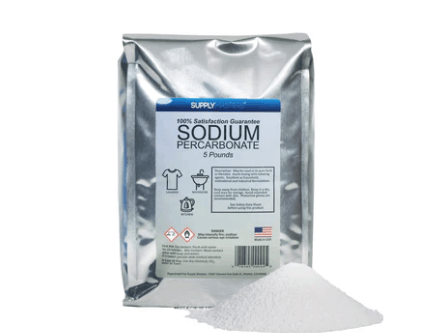
This one is best suited for targeted cleaning, where stubborn stains are causing a problem. Unlike the others, oxalic acid is applied undiluted to the tiles and scrubbed gently. It's very effective for removing rust stains and marks left by organic growth.
The issue with oxalic acid is that it is highly corrosive to eyes and skin, and has earned itself a 'Toxic Category 1' listing for skin and eye irritation, as well as causing damage to the respiratory system.
Somewhat bizarrely, it has a low environmental impact, as it occurs naturally in the environment!
However, extreme care is needed when using this acid, and it must be used sparingly and only for specific areas. It is most definitely not for general use across the whole roof or it could contribute to ile and shingle deterioration. Anyone using oxalic acid-based cleaners* is advised to use thick protective gloves, a respirator and adequate eye protection.
*Oxalic acid is now banned from sale to the general public in crystal form - you can now only buy it in diluted solutions.
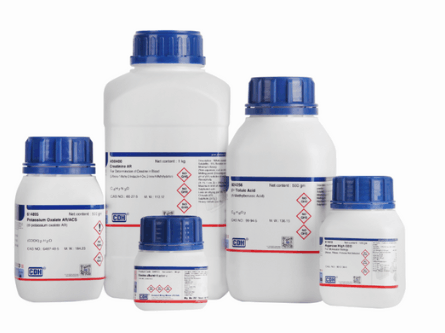
Known in the trade as quats, these compounds form the active ingredient in many biocide treatments used in roof cleaning.
They're considered safe for human use and won't harm pets or the property's surrounding vegetation. In fact, you'll find them in many household products, from hand soap and sanitiser to hair conditioner!
The main one used for chemical roof cleaning is called Didecyl Dimethyl Ammonium Chloride (usually called DDAC, thankfully!) and it's a very powerful bactericide, fungicide and algaecide.
Mixed with water and applied to the roof as a spray, this chemical penetrates organic growth and effectively eliminates it. It also remains on the roofing material after cleaning and prevents moss and algae from regrowing in the near future.
The only safety precautions regarding quats relate to their effect on aquatic life if large volumes are washed into nearby water courses or drainage systems.
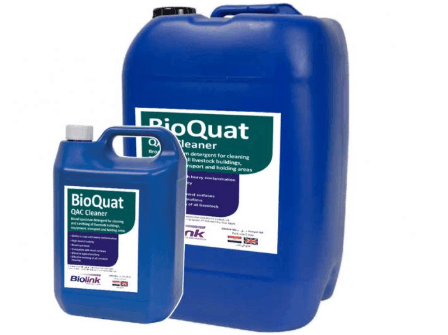
While we've touched on a couple of these already, they're not always marketed or viewed as eco-friendly by many consumers, and a lot of people are still wary of them. This is mainly down to misunderstanding or misconception, but these things tend to take time to filter through.
Still, we'll list a few here that might be offered when you have your roof cleaned:
It's only right to check out other roof cleaning solutions as well as those that rely on chemicals, as this gives you all of the available options and allows you to pick the right one...
This option always raises questions and certainly has its opponents, and with good reason; high-pressure washing can be extremely damaging to some roofing materials.
While many roof cleaning contractors believe the humble pressure washer to be the ideal solution, it's imperative that it is used correctly. Aside from stripping the protective granular surface, there's a good chance you'll break or dislodge tiles and flood your loft space, as the high-pressure jet can force its way between the cracks.
And then we need to talk about the safety precautions - getting the equipment up to the right height and using it on a roof is pretty dangerous! A pressure washer can be difficult to handle at ground level, let alone on a sloped roof.
Because of this, we strongly advise against pressure washing your roof. Besides, this method is rarely enough on its own to get your roof clean, and chemical solutions are often needed to tackle bad stains.
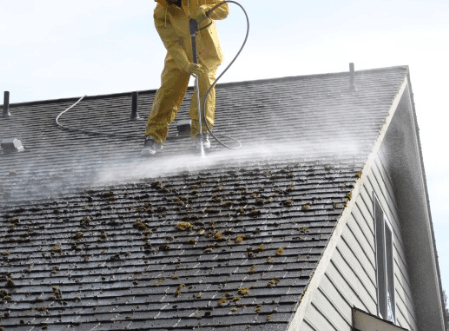
We already talked about this method a little, but let's explain it in detail.
A special soft-wash solution is prepared by mixing water with a cleaning chemical (typically sodium hypochlorite or sodium percarbonate) and a surfactant (a chemical that reduces surface tension, increasing the solution's wetting properties).
This is pumped onto the roof at low pressure and left for about 30 minutes for the active ingredients to take effect. The trick here is not to let it dry out, as this reduces its effectiveness.
Once the solution has done its job, the surface is thoroughly rinsed with clean water using low pressure. This removes all residues of the cleaning solution, as well as loosened dirt and dead organic material.
The cleaning process is handled from ground level, so there's no need for cherry pickers or scaffolding.
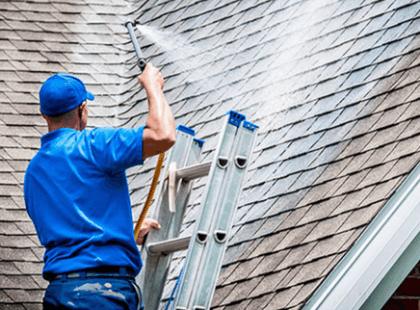
This one is something very different! Instead of chemical roof cleaning, water-fed poles spray purified water onto the roof tiles. A special nozzle ensures the water is deionised, helping it to lift dirt and grime and rinse it off the roof space.
One advantage is that it can be applied from ground level, avoiding the need for safety measures that would be required for working at height. Another key advantage is that the poles (typically extendable up to 90ft) can have brush attachments that allow the user to gently scrub the tiles to loosen dirt and grime.
Also, why just clean roofs this way? These poles allow you to access soffits, fascias and first-floor windows!
Even so, they have their limitations; water-fed poles aren't always the best option for stubborn stains and heavy moss growth. While it can remove moss, the spores still remain, so regrowth is likely.
This is why a biocide treatment is often recommended after using this method.
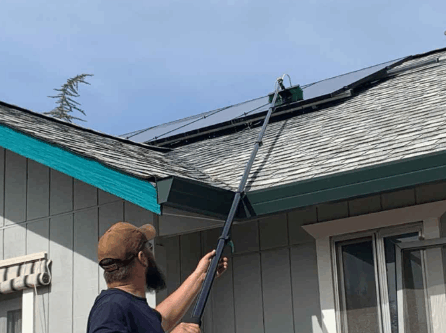
Steam cleaning is used to clean roofs by applying high-temperature steam to eliminate moss, algae, dirt, and other debris. Delivered at low pressure, the steam provides a gentle yet highly effective way to clean more delicate or historic roofing materials, such as slate or clay tiles.
This approach eliminates the need for strong chemicals, relying instead on the heat of the steam to eradicate organic growth and sanitise the roof’s surface. It is an environmentally conscious roof-washing method and is ideal for roofs that require careful treatment to preserve their structural integrity.
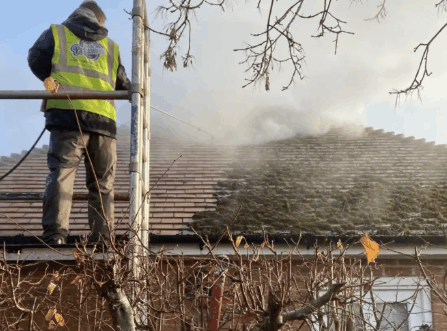
A time-consuming and tedious job, manual cleaning involves using scrapers and brushes to remove moss and algae from your tiles or roof shingles.
The advantage -as with water-fed poles - is that the work can often be done from ground level (depending on the slope of the roof and the presence of any obstacles) if telescopic poles are used. If not, then the roof cleaners will need to access the roof safely and work painstakingly to scrape all the moss from the roof tiles.
There are three potential problems with this method: it doesn't remove dirt, it doesn't prevent moss and algae from returning, and there's a real risk of damaging the tiles.
To overcome this, the scrapers are rounded and typically designed to eliminate the risk of damage. Roof cleaning contractors also combine this with a biocide treatment and/or soft washing.
Check out our post “Does moss damage roof tiles”.
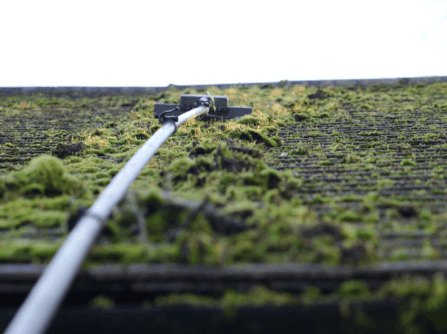
Choosing the right option for cleaning your roof can be tricky, and the key is to check the condition of your roof's surface to see how bad it is.
If it's heavily soiled, covered in moss growth or blue-green algae and other contaminants, then you'll need something heavy-duty. On the other hand, if there's only light soiling or a small amount of moss and algae, then a less aggressive method would suffice.
Now, we know that it's difficult to get up close to inspect your roof closely, but if you do so, please use a sturdy ladder and make sure you are safe and secure at all times. Alternatively, ask a roof cleaning expert to inspect your roof for you.
This is an integral part of our professional service here at the Roof Clean Spray Team, and we'll advise you as to which method (or methods) we believe to be the most effective.
In all probability, to achieve the best roof cleaning results, we would suggest a combination of mechanical and chemical roof cleaning.
As a professional roof cleaning company, the Roof Clean Spray Team sees first-hand the results of regular cleaning.
It makes excellent sense to include regular roof cleaning as part of your home maintenance schedule, for these reasons:
When you enlist a professional roof cleaner, they should advise you as to the best option, but now you're armed with all this information, you have an advantage!
As roof cleaning specialists, the Roof Clean Spray Team is only too happy to discuss these options and recommend the best and most budget-friendly choice.
Cleaning roofs is what we do best, so when you need our help, get in touch!
